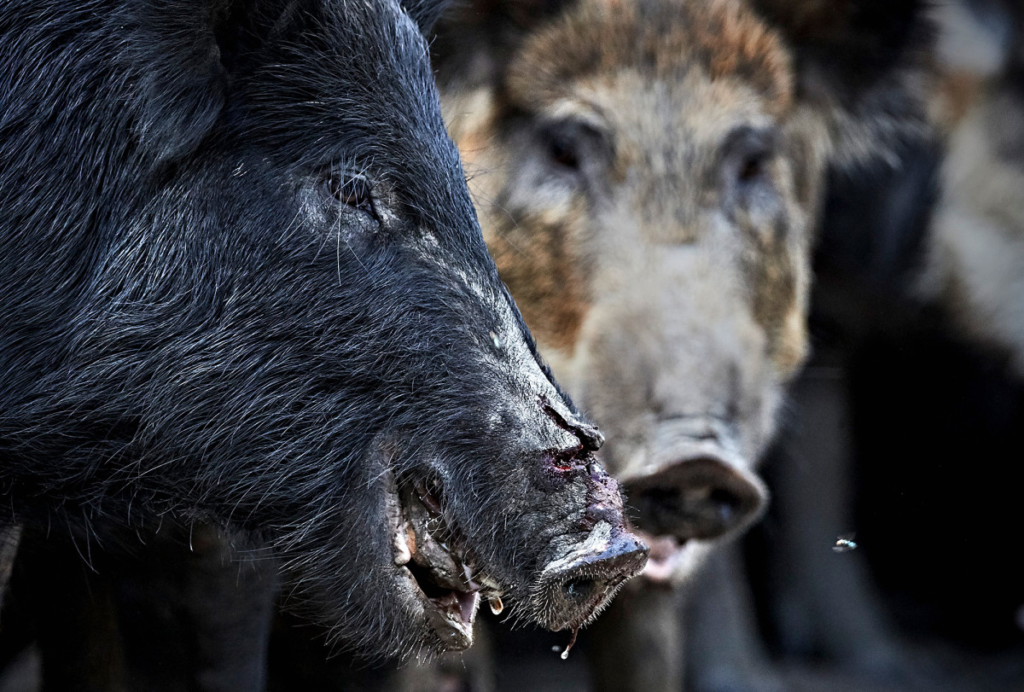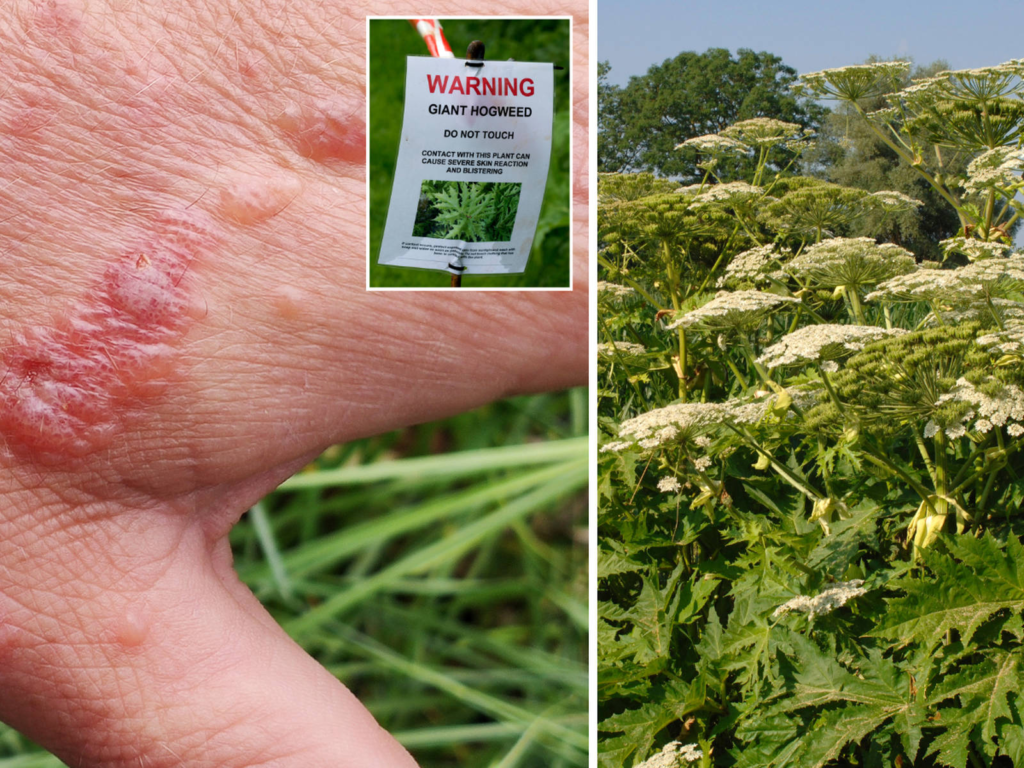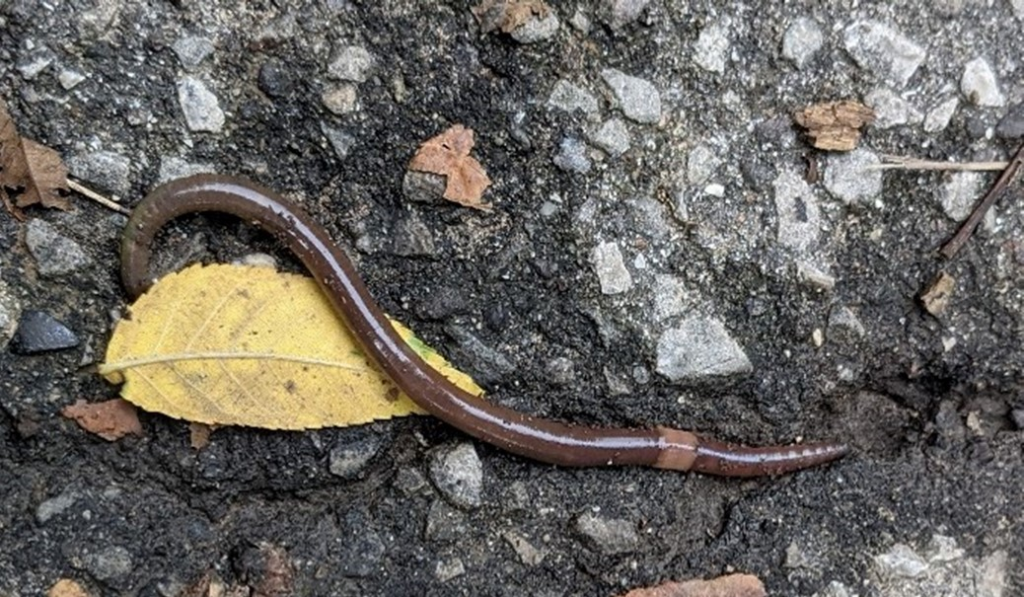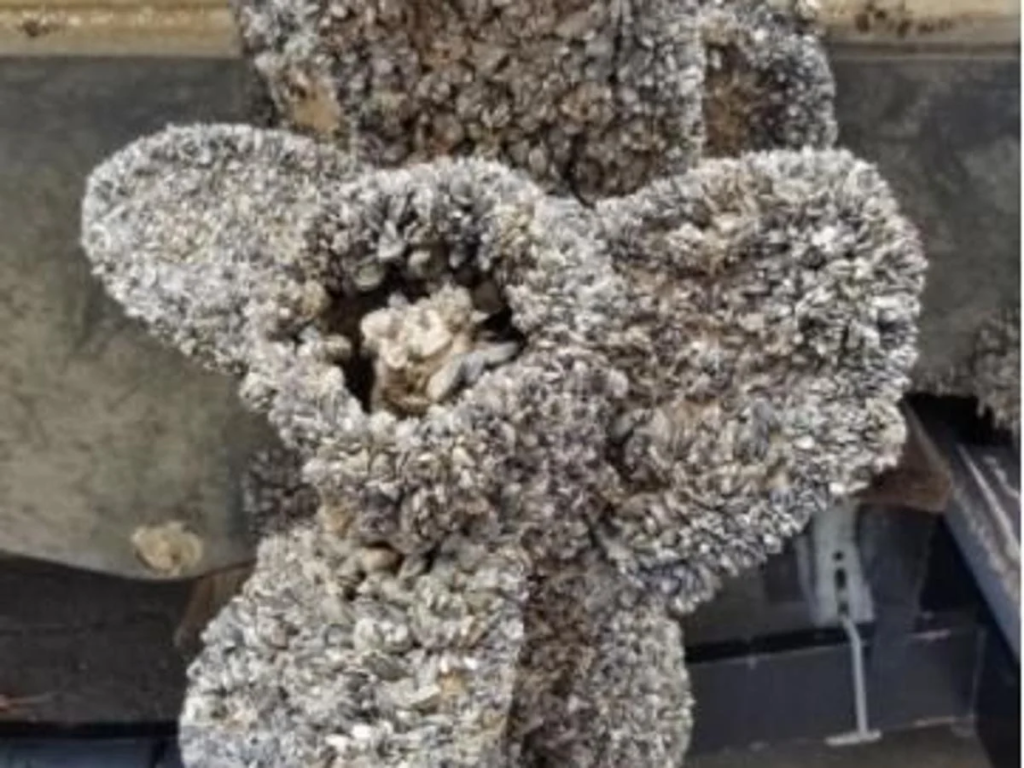Northern Snakehead
This story from Beege Welborn over at HotAir reminded me of the reason you all see my warnings about not releasing non-native species into the wild.
Nationwide, invasive species cost the economy an estimated $120 billion, yes billion, annually. Worldwide, that number jumps to $435 billion.

Feral hogs account for $2.5 billion in just agricultural losses in the US. That doesn’t include the tens of thousands of automobile accidents or the other, non-agricultural damage. Hogs are currently found in 40 of the 50 states. Efforts to eradicate them have been uneven at best.
Feral hogs are just one of over 6500 invasive species in the US. There are invasive plants, insects, worms (as an aside, the ‘common’ nightcrawler is an invasive species, it was introduced by European settlers), birds snakes, fish and other aquatic animals and mammals.
Plants

On the plant side of the ledger, Japanese honeysuckle, Chinese Privet, purple loosestrife, giant hogweed and Kudzu top the list. All 5 of these species crowd out native plants. Giant hogweed is particularly troublesome, as the sap can cause severe chemical burns after contact with bare skin.
Insects

The gypsy moth, emerald ash borer, spotted lanternfly and the Asian giant hornet, AKA the murder hornet are some of the more well known invasives. The first three all weaken or kill trees, the ash borer has singlehandedly killed more than 15 million ash trees in the US.
Worms

As I mentioned above, the nightcrawler is an invasive species, in fact most earthworms are invasive. It is believed that the last glaciers killed off most of the native earthworm species. There is a new worm threat though, the Asian jumping worm. That species has been found in the northeast and can cause major damage to forested areas because of their eating habits.
Aquatic Invasives

The aquatic environment is not free from invasive species. The Northern Snakehead, the various species of Asian carp, Brown trout (yes, they are an invasive species. They were introduced to US waters in the 1883) Hydrilla, an aquatic plant, Zebra and Quagga mussels and sea lamprey are all invasives. It is reckoned that aquatic invasives have the potential to cause the greatest economic and environmental damage. In my area, zebra and quagga mussels are encrusting the intake pipes for the municipal water supply and the cooling systems for two nuclear powerplants. These intakes have to be de-musseled regularly.
Birds and Mammals

Among the hundreds of invasive birds and mammals, feral hogs and starlings cause the most damage, followed by the nutria and Burmese python. The nutria, a rodent that was imported for the fur trade, burrows into levees and canal walls across the south. This weakens the structures and costs millions for repairs. In Louisiana, the DWF has specialized teams to hunt the nutria.
Don’t get it twisted, I’m not some tree-hugging hippie. What I am is a sportsman and conservationist. I spend a fair bit of time outdoors, fishing, hunting and hiking, so any harmful invasive affects me.
I witnessed first hand the changes that happened on my lake due to zebra mussels. Oneida lake went from a moderately dark lake, having a goodly amount of suspended matter in the water, to a clear lake because of the zebra mussels. It really changed the fishery in a very short period of time, less than 10 years, from a very productive walleye lake, one of the best in the nation to a mediocre walleye lake. The fish are still there if you believe the Cornell studies, they’re just much harder to catch.
I’ve also noted some changes in the arboreal forests in the Adirondacks. Part of it is the recovery from the acid rain in the 70’s. And yes it was a thing. But another part is the dead and dying ash trees. The emerald ash borer has done a number in NY.